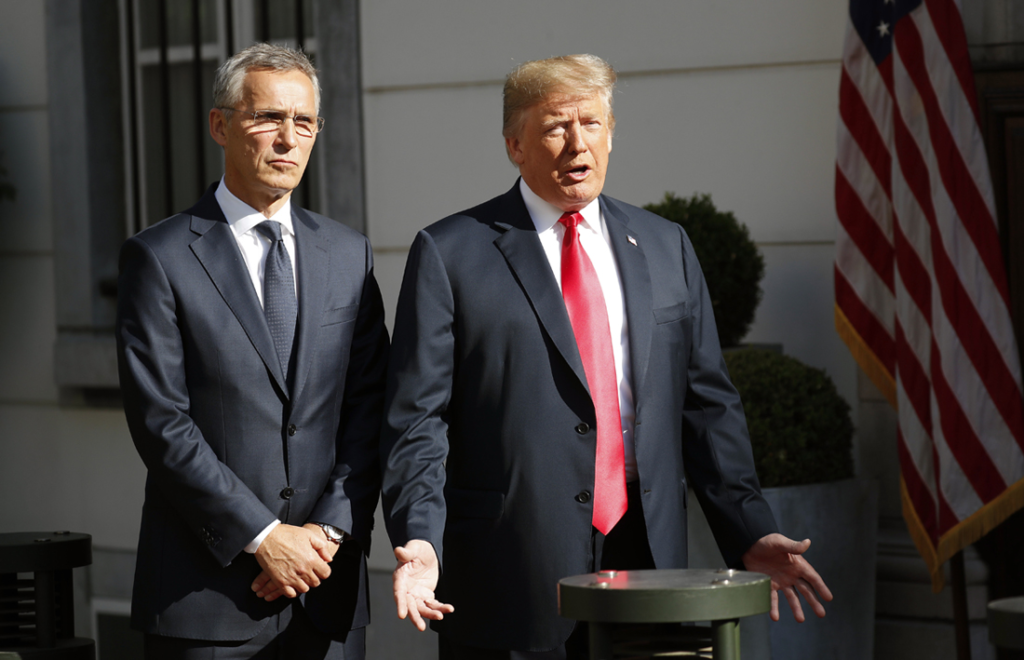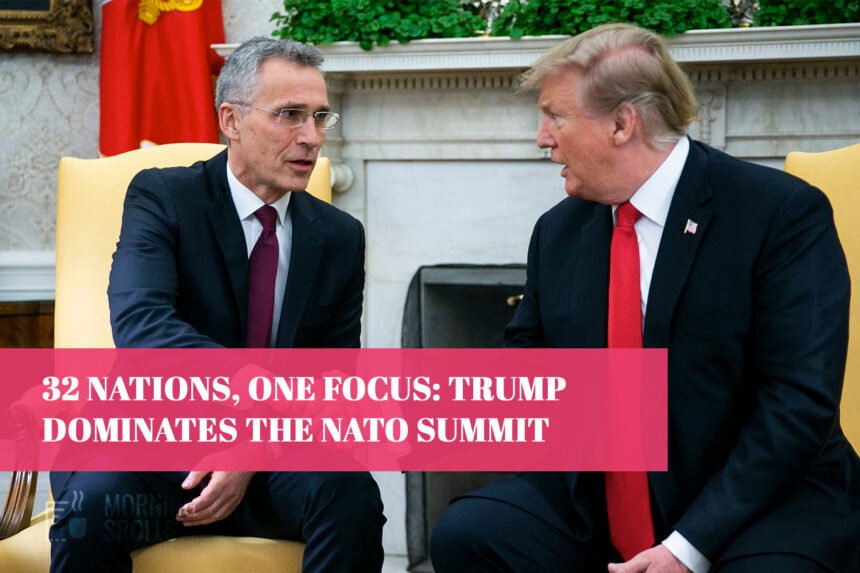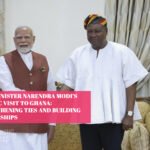The 2025 NATO Summit in The Hague arrives at a tense moment for the alliance, with many issues simmering beneath the surface. NATO summits are usually carefully planned to show unity among member countries, but this year’s gathering is different. Secretary General Mark Rutte has set a clear agenda designed to avoid open disagreements with the United States, especially with President Donald Trump, who has made it clear that he wants European allies to increase their defense spending.
Focus on Defense Spending
The main topic at this summit is boosting defense budgets. President Trump has long pushed European countries to increase their military spending, arguing that the U.S. bears an unfair share of responsibility for NATO’s defense. He has been vocal about this since his first term, often criticizing allies for not meeting spending targets and insisting they owe the U.S. large sums for defense.
This year, Trump’s demand is for European members to commit to spending 5% of their GDP on defense—a big jump from the previous 2% target. Some countries, especially those near Russia, like Poland, Estonia, and Lithuania, support this increase due to security concerns. Others, such as Spain and Italy, worry about the cost and whether they can realistically meet this goal.
A Shorter, Tighter Summit
To keep things running smoothly and avoid public arguments, the summit’s main discussions have been reduced to just three hours, and the final statement will be very brief, only about five paragraphs. This approach is partly to accommodate President Trump’s preference for shorter meetings, but it also helps hide disagreements among the allies.
Despite these efforts, the summit cannot fully cover up the differences between the U.S. and many European countries. Tensions remain over trade policies, relations with Russia, and the ongoing conflicts in the Middle East. Trump’s “America First” approach has made him skeptical of international organizations like NATO, and he has even questioned the alliance’s core principle—that an attack on one member is an attack on all.
Rutte’s Balancing Act
Mark Rutte, the new NATO Secretary General and former Dutch prime minister, has a reputation for being able to work with Trump. He has focused on giving Trump a win at the summit by ensuring the defense spending pledge is front and center. However, this comes with compromises and vague promises, especially around how defense spending is defined. For example, some countries may count infrastructure like roads and railways as “defense-related” spending, which could make the numbers look better than they really are.
Underlying Disagreements
Even if the new 5% target is agreed upon, many countries may not plan to reach it by the suggested dates, such as 2032 or 2035. Some leaders, like Spain’s prime minister, have already said the target is unrealistic and could do more harm than good. In the UK, the government has called for higher spending but hasn’t committed to a specific timeline.

There’s also concern that the push for more defense spending is less about real security needs and more about responding to U.S. pressure. However, NATO’s defense plans show that the alliance faces real threats, particularly from Russia. Rutte has warned that Russia could potentially attack a NATO country within five years, and NATO’s military leaders say the alliance needs far more air and missile defenses, tanks, and artillery to be ready.
The Russia-Ukraine War and NATO’s Response
Russia’s ongoing invasion of Ukraine is a major reason for the increased focus on defense. NATO countries, especially those close to Russia, see the need for stronger military capabilities. The summit is expected to officially name Russia as a long-term threat, and Ukraine will be mentioned in the final statement. However, actual discussions about how to handle Russia and the war in Ukraine will be limited, as this is a point of disagreement between the U.S. and some European allies.
President Trump has already shown a different approach to Russia compared to previous U.S. presidents. He has talked directly with Russian President Vladimir Putin and has been reluctant to provide military support to Ukraine, which worries many European countries. Some topics, like a new strategy for dealing with Russia, have been left off the summit’s agenda to avoid conflict with Trump.
Security and Logistics
The summit in The Hague is the first time the Netherlands has hosted a NATO summit since the alliance was founded in 1949. It’s a massive event, with about 9,000 attendees, including 45 heads of state and government, and the largest security operation ever in the country, costing over €183 million.
What’s at Stake
While the summit is designed to look unified, many cracks remain. The short meeting and vague promises are meant to keep disagreements out of the spotlight, but the real issues—how much to spend on defense, how to deal with Russia, and how to keep the alliance together—are far from settled.
Some European countries are already increasing their defense budgets, partly because of Trump’s pressure and partly because of the threat from Russia. Sweden is doubling the size of its army, and Germany plans to add 60,000 troops. Yet, most NATO members still fall short of meeting all their military commitments.
The 2025 NATO Summit is all about managing differences behind closed doors. Secretary General Rutte is working hard to keep President Trump satisfied and to present a united front, but the alliance faces deep divisions over spending, security, and strategy. The summit may be short and the final statement brief, but the challenges for NATO are bigger than ever, especially as the threat from Russia grows and the U.S. pushes for more from its allies.
MUST READ: Ukraine Destroys Crimean Bridge Support with Underwater Explosion









